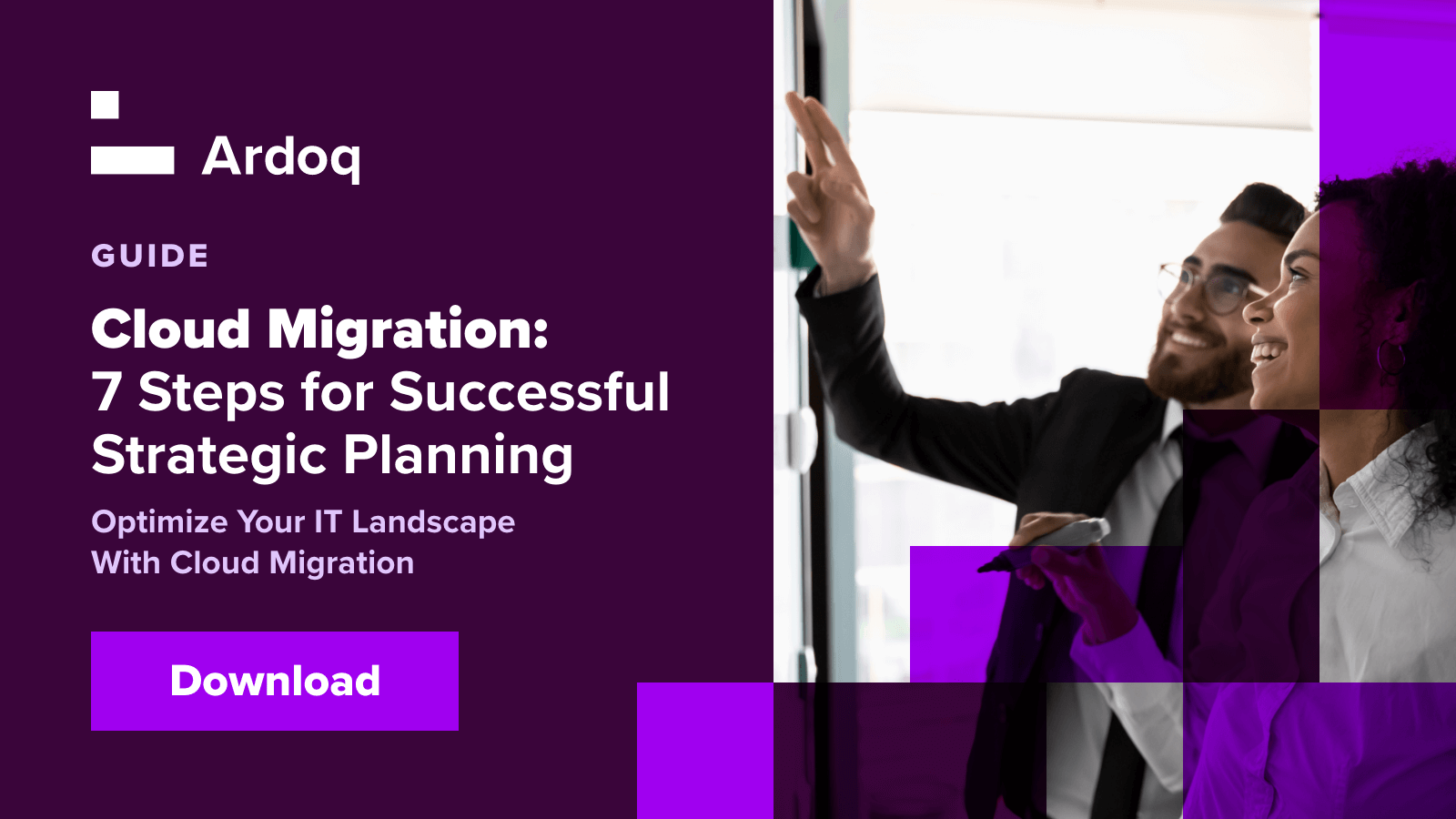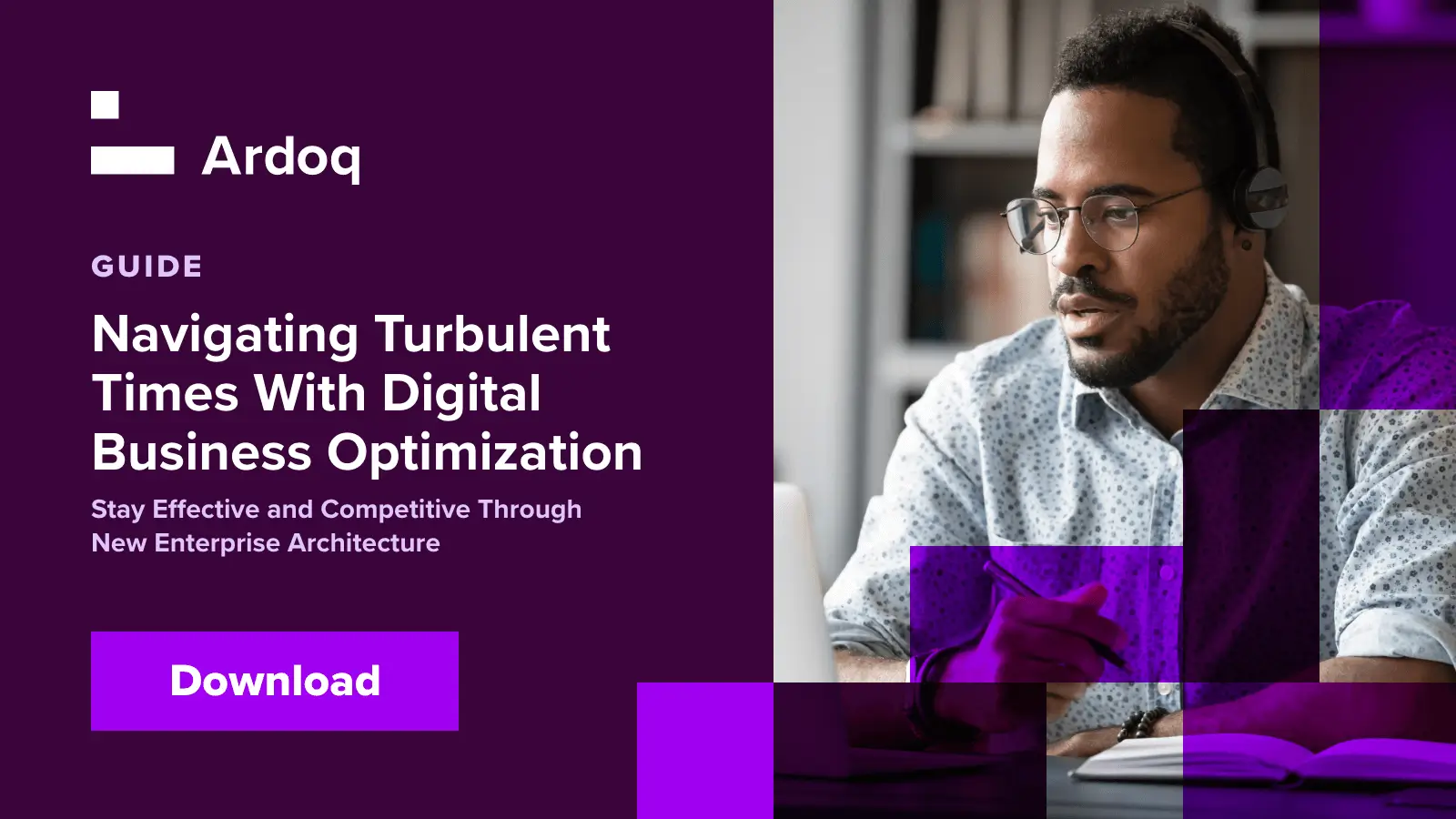The CIO role has never been more critical to business success than it is today. While the role is rooted in strong technical expertise, the CIO role in digital transformation today moves from a purely technological focus to shaping strategy. CIOs are expected to maintain effective IT operations, facilitate data transparency, aid business agility, spearhead innovation, and ensure a robust cybersecurity and data privacy strategy. Expectations are higher than ever, with significant challenges that CIOs need to overcome. Here are the top challenges CIOs face in 2025:
Challenge 1: Artificial Intelligence and Machine Learning
Artificial Intelligence and Machine Learning are the hottest topics in tech today. With the excitement of emerging technology equally comes immense pressure to be a fast and successful early adopter.
However, being swift often comes at the cost of understanding strategic fit and potential risks. AI for the sake of AI doesn't deliver differentiating value. To make the most of new technologies, organizations need a data-driven strategy that balances risks and rewards while supporting long-term investment decisions. This requires evolving an organization's Enterprise Architecture from an IT focus to a core business practice that can guide strategy, providing valuable contextual insights into people, process, and technology.
Read the full report to understand the key challenges organizations face in adopting emerging technologies and how to overcome them with a data-driven execution strategy.
Challenge 2: Cybersecurity and Data Privacy
In 2022, digital supply chain risk was at an all-time high, and Gartner has predicted that by 2025, 45% of global organizations will be impacted in some way by a supply chain attack. Cybersecurity and data privacy weighs heavily on the minds of CIOs today, with the cost of data breaches averaging $4.35 million in 2022.
Safeguarding data and ensuring regulatory compliance is mission critical, and CIOs need to develop strategies that ensure compliance and minimize risk exposure. One way to get a better handle on the enterprise’s data and compliance is data lineage. It allows the business to see where specific data resides physically, which applications can access or modify it, who owns it, and how it is currently used. This eases tedious due diligence and compliance efforts, allowing the IT organization to focus resources on securing where, when, and how the most critical data in the organization is accessed or changed.
Challenge 3: Digital Transformation and Innovation
The CIO’s expanding role in driving organizational strategy and improving business execution requires cutting through data clutter to access meaningful insights. To achieve this, CIOs must develop roadmaps that leverage digital technology not only to enhance, expand, or evolve the organization’s products and services but also to transform its business processes.
Business process transformation, enabled by a Digital Twin of the Organization (DTO), is critical for gaining real-time insights into the business. This approach allows CIOs to connect the dots between strategy, operations, and outcomes, fostering a more agile and responsive organization.
At the same time, CIOs must overcome the outdated perception of IT as a cost center focused solely on execution. By harnessing the power of data and demonstrating IT’s role as a value-creating partner, CIOs can drive modernization, innovation, and cultural shifts within the business.
Discover how CIOs can lead enterprise transformation and become indispensable partners in shaping business strategy in The CIO's Guide to Enterprise Transformation.

Challenge 4: Cloud Adoption and Infrastructure Modernization
While cloud migration has become par for the course and is less of a buzz topic in tech these days, many organizations still struggle to modernize their IT infrastructure and adopt cloud platforms effectively. Organizations often fail to account for the tremendous complexity involved in migrating data from legacy on-premise systems, leading to time-consuming migration projects that fail to deliver on cost or operational efficiency. It's no wonder then that in the last year, there's been talk of "the great repatriation" as businesses consider moving back to on-premise solutions to get better control over costs, performance, compliance and data privacy.
With so many companies burned by past cloud migration efforts, CIOs are challenged to either create a sustainable, scalable cloud migration strategy or find a way to peer through the mess of failed migration initiatives to find the optimal balance in a hybrid strategy.
Learn how to avoid common cloud migration pitfalls and the secrets to successful cloud migration planning.
Challenge 5: Talent Acquisition and Retention
Another major challenge is the limited talent pool in emerging technologies such as artificial intelligence, cybersecurity, and data science. According to Gartner’s findings in 2022, IT workers have 10.2% lower intent to stay than other functions and are more inclined to leave the company than other employees. CIOs are challenged to find ways to make their organizations attractive to this talent pool while maintaining attractiveness to current skilled employees. CIOs must be part of the conversation when creating a strong employer brand to ensure the organization’s appeal toward top IT talent.
Some key factors that affect a given company's attractiveness and employees' job satisfaction are:
- Flexibility: Being a progressive enterprise that empowers employees to determine work schedules and locations that suit them best to help them deliver their best work.
- Diversity and inclusivity: Bringing together people of different backgrounds and experiences improves a team’s creativity and ability to communicate with a diverse customer base, fostering a more positive work environment.
- Ways of working: Moving away from solely physical meetings and leveraging new collaboration approaches to maximize current talent's impact, make decision-making more effective, and nurture creativity.
Challenge 6: IT Budget and Cost Optimization
Strategic cost management is a fundamental focus and ongoing challenge for CIOs. The democratization of digital in business today means that there needs to be robust processes in place to ensure effective acquisition and that IT costs are constantly evaluated and optimized.
The three main approaches to controlling costs are to reduce or divest cost-bearing assets, reducing the usage of cost-bearing products or services, or renegotiating with vendors. The first approach is where Enterprise Architectural insights from Application Portfolio Management and Application Rationalization can bring the most significant benefits.
This cost insight is invaluable for a CIO who needs to make bottom-line decisions about how the IT organization operates and develops. Enterprise Architecture helps combine the accounting standpoint with how projects are actually being executed in the business. It also allows the CIO to assess the ROI of various IT investments and initiatives, demonstrating how they balance innovation with cost-effectiveness.
Learn more about how Enterprise Architecture can help CIOs in reducing IT costs more effectively.

Quick Takeaways on the Modern CIO’s Challenges
- Immense pressure to adopt emerging technologies like AI and Machine Learning bear substantial risks without a data-driven execution strategy.
- CIOs are expected to tackle more than just the implementation of technology to help the business execute.
- Their responsibilities span from maintaining an effective IT organization to shaping business and technology strategies to help their companies run efficiently and competitively.
- Some of the key challenges CIOs are grappling with today include cybersecurity and data privacy, digital transformation and innovation, cloud adoption, modernization, talent acquisition, and IT cost optimization.
- Equipping themselves with data-driven insights will empower them to make more reliable and confident decisions in many of these areas as an IT leader.